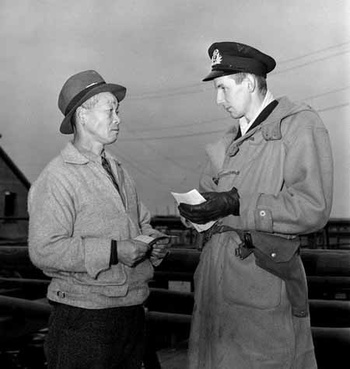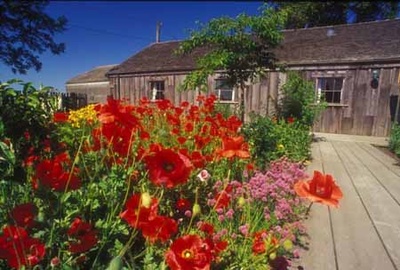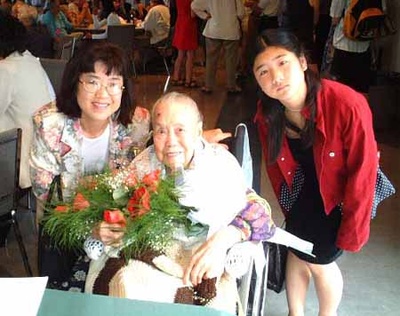Japantown, J-town, Little Tokyo, Nihonmachi, or Little Japan. Call them what you will, most of these enclaves sprang up in North America during the Meiji period (1868-1912). These were neighborhoods with small businesses, Japanese language schools, Buddhist and Christian churches, and even Japanese hospitals. In Vancouver, the neighborhood, which lay north of Chinatown, was attacked in September 1907 by the Asiatic Exclusion League. They rioted in Chinatown before moving on to the Japanese area. During World War II, the area lost its Japanese identity area, and only the Vancouver Buddhist Church, the Vancouver Japanese Language School and Japanese Hall remain on Powell Street.
Until the 1980s, there were only two Japanese restaurants on Powell Street and few elsewhere in the city but today an upscale enclave, called New Japantown or Little Ginza, has developed between the West End and the financial district in downtown Vancouver. Restaurants, dance clubs, karaoke bars, shops, and upscale boutiques attract tourists from Japan in search of omiyage (small gifts) and designer goods that cost much less than back home.
Vancouver has come a long way. Its Asian-born citizens were denied the vote until 1931, when voting rights were issued to World War I Issei veterans, the only Japanese Canadians thus qualified. As for the riots of 1907, a “Riot Walk” through Chinatown and Japantown one hundred years later marked that date.
Isaburo Kishida, a professional gardener from Yokohama, designed Victoria’s Japanese Tea Gardens, then a Japanese rock garden, which eventually became part of the world famous Butchart Gardens. To mark Victoria’s 75th Anniversary, the Japanese Canadian community donated hundreds of ornamental cherry trees, which continue to bloom to this day.
Asayo Murakami: Canada’s Last Picture Bride
In 1908, the Hayashi-Lemieux “Gentlemen’s Agreement” went into effect, restricting Japanese immigration, which led to the shasshin kekkon (picture bride marriages). The Japanese book, Picture Brides, tells the story of five of these women, who came to Canada in the early 1900s. One of these brides was Asayo Murakami. Her granddaughter, Linda Ohama, a third-generation (sansei) Canadian of Japanese ancestry, documented her life in the film, Obaachan’s Garden. Asayo attended a screening of the film at the Vancouver International Film Festival, where it won the Audience Choice Award. She was 103 years old. In 1992, she was introduced to Prince and Princess Takamado of the Japanese imperial family during a visit to Canada.
Since she was born early in the morning (“asa”), her well-to-do parents named her Asayo Murakami. She became a teacher and married a man named Ishibashi, from a prominent Hiroshima family. They had two daughters but the son she bore in 1921 did not live and the tragedy marked her as a failure and led to the end of their marriage. Her daughters were sent to live with their paternal grandmother. Asayo sailed to Canada as a picture bride, traveling third class on the Iyo Maru with dozens of other picture brides. Things only got worse when she laid eyes on her new husband. "This man from the picture, as soon as I saw his face, I knew he was not my type," Mrs. Murakami says in Japanese in the documentary. She ended the marriage contract on the spot and labored for three long years in a fish cannery and picking strawberries to earn the $250 needed to repay the cost of her voyage. Her luck changed when she met another Murakami —Otokichi— a widower with two children who was a master boat builder. They married and settled in Steveston, where she gave birth to a son and seven more children.
She was extremely proud of the lovely flower garden she planted at their new home but they lost the property in 1942, during World War II. After that they supported themselves as laborers on a Manitoba sugar-beet farm, working for 50 cents an hour. When they were finally allowed to move around again in 1949, Mr. and Mrs. Murakami moved in with their eldest daughter on a potato farm in Rainier, Alberta. Her husband died in 1969. For her 100th birthday, long after she was widowed, her children planted a flower garden in her honor at the old family home, which is now part of the Britannia Heritage Shipyard Park.
Asayo learned that the daughters she had left in Japan were sent to separate families after their grandmother died in 1926, just two years after she left for Canada. Her eldest daughter, Fumiko Sogou, died in 1996. Her younger daughter, Chieko Nishida, was found and the two were finally reunited in Canada. As shown in the film, Chieko said, "This dream... why didn't it come sooner?"
Her obituary stated: “Asayo Murakami, homemaker and farm laborer; born in Onomichi, Hiroshima Prefecture, Japan, on February 15, 1898; died at the age of 104 in Calgary, Alberta on December 21, 2002. She leaves nine children, 21 grandchildren, 57 great-grandchildren, and five great-great-grandchildren. She was predeceased by four children, including an infant son, and her second husband, Otokichi Murakami, who died in 1969.
She is believed to have been the last living picture bride.
* The information on Asayo Murakami was supplied by Dave D. Davis, The Prez at Steveston iVillage, and Kojiro (John) Iuchi: http://members.shaw.ca/johniuchi/obachiyan.html
© 2009 Andrea Lita Rademan








